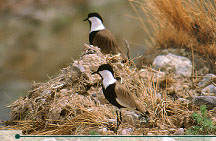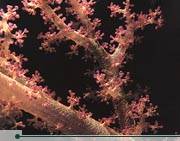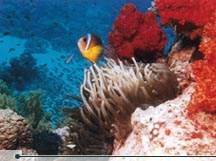Birdlife

Spur-winged Plovers in Safi. © Jad Al Younis, Discovery Eco-Tourism
At the junction of the Mediterranean and Arabian faunal regions,
Marine Life
The Gulf of Aqaba is home to some of the finest marine life in the Middle East , while its coral reefs are unmatched in the world. The gulf is very narrow–at its northern end it is only five kilometers wide–and quite deep, ranging in depth from between 1000 to 1800 meters. The depth of the gulf, combined with its isolation from sea currents, minimize turbulence and improve visibility. On the sandy shores, one can find creatures such as the ghost crab, sandhoppers and the mole crab.
Gulf of Aqaba
The sea waters, meanwhile, host a plethora of marine life including starfish, sea cucumbers, crabs, shrimps, sea urchins, many species of fish and several worms which burrow into the sandy sea bottom. A variety of sea grasses can be found in the shallow waters, providing both food and shelter to the fishes which inhabit the area. Several species of eel make their home in the gulf’s grass beds, where one can also find sea horses and pipe fishes.

Marine meadow beneath the surface of the Gulf of Aqaba. © Camerapix 1994
Perhaps the greatest attraction for divers in the Gulf of Aqaba is the colorful coral reefs, found especially near the southern part of Jordan








0 التعليقات:
Post a Comment